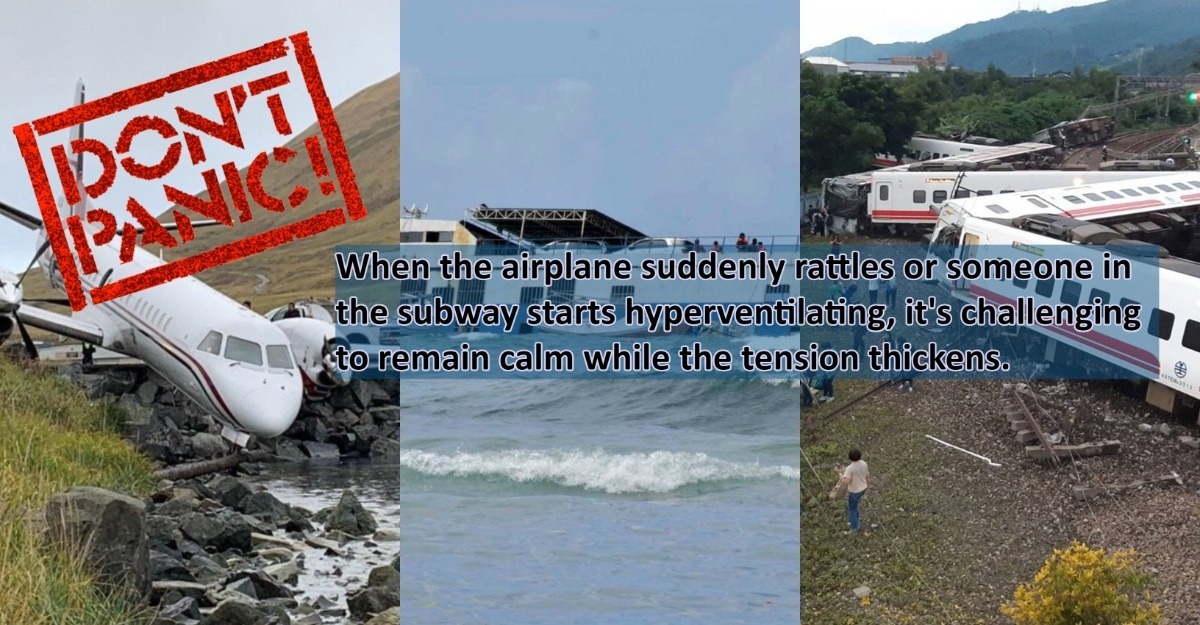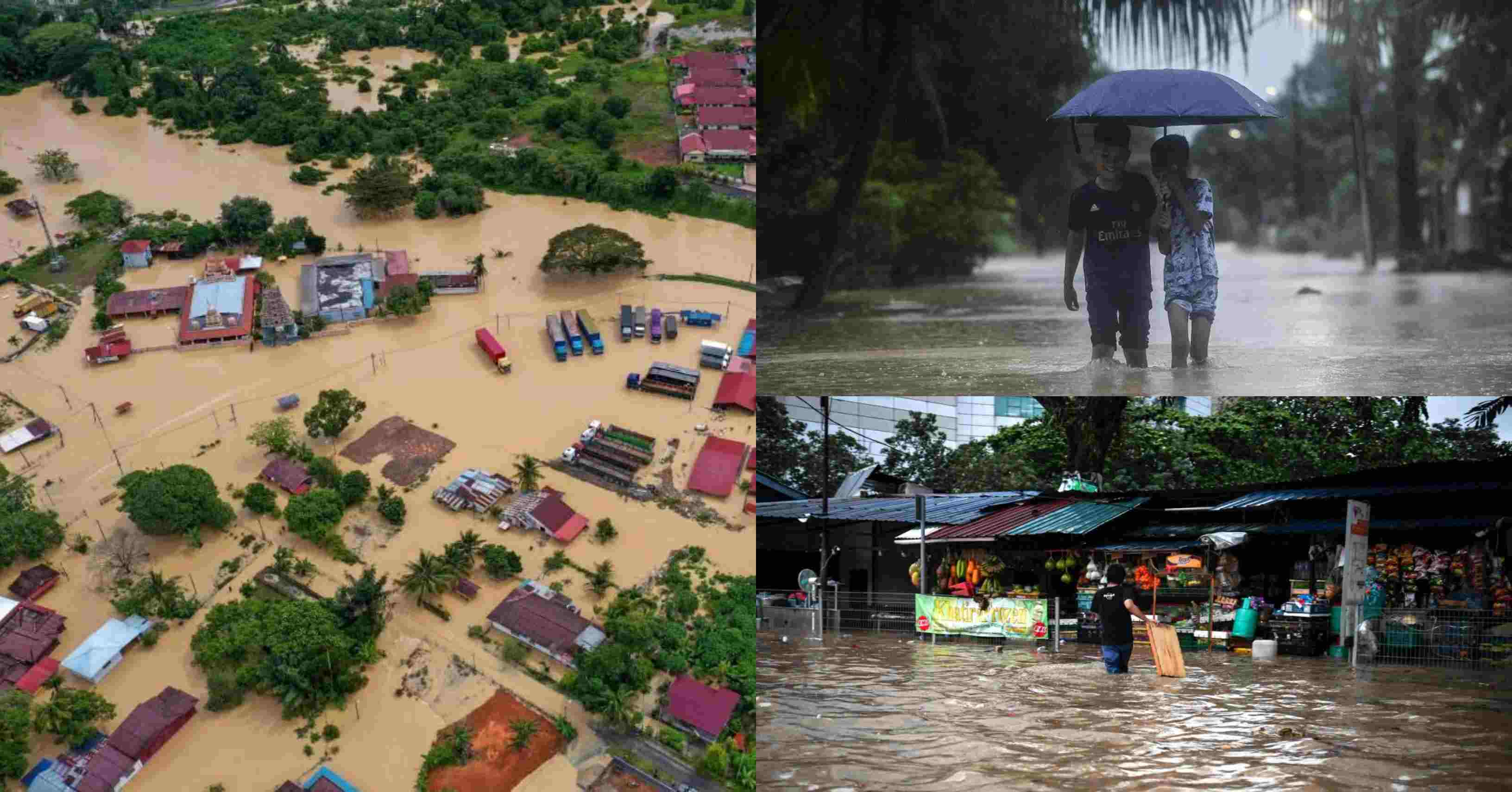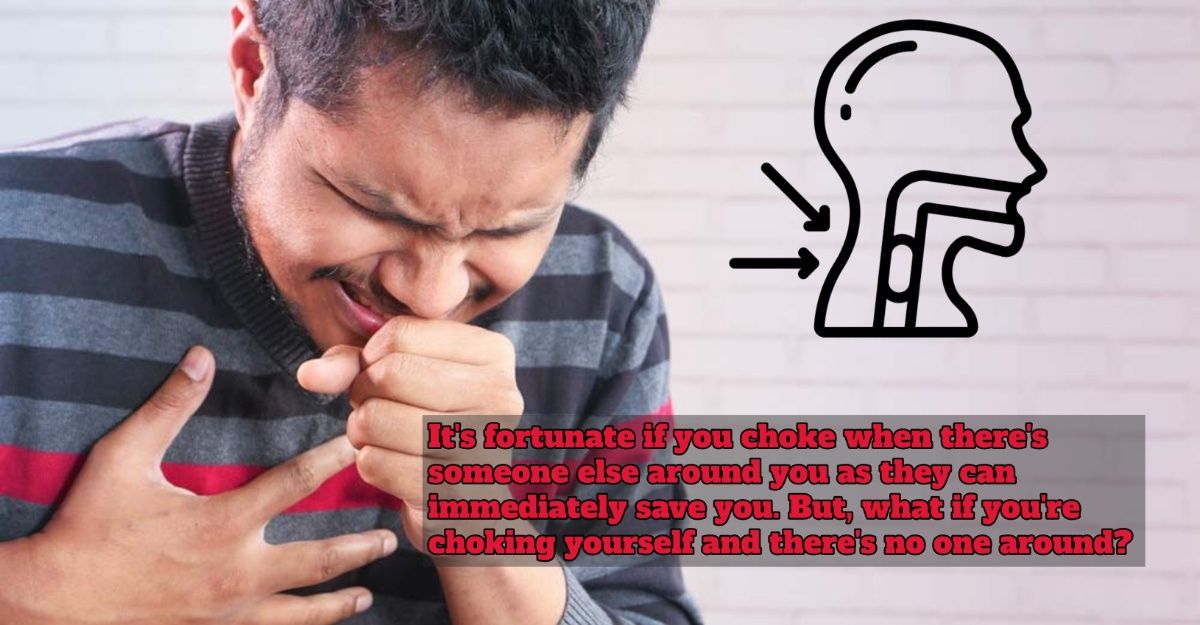Everyone responds to emergencies differently. But the most common reaction is panicking. Who wouldn’t? When the airplane suddenly rattles or someone in the subway starts hyperventilating, it’s challenging to remain calm while the tension thickens. Also, other people might have the same reaction as you are, thus, making the scenario worse than it is.
There are many reports regarding plane crashes, sinking ships and unexpected trainwrecks. These situations summon not only fear but trauma to many. It’s even more heartbreaking when there is news of the demise of the people we love.
_after_crash_landing.jpg)
The question is, how to keep calm during an emergency? Is it possible? Yes, it is. These simple steps might help you keep your composure while going through a life-or-death situation.
Don’t forget to breathe
Some people take this lightly. Why? Because it’s just breathing— a natural mechanism for humans to survive. However, many regards this action as insignificant because we do it every second. Yet, it’s one of the things we fail to carry out during an emergency.
Stress leads to hyperventilation. Shortened breaths can cause other concerns like hypoxia (increased amount of carbon dioxide in our blood) that directs to losing consciousness.
Thus, don’t skip this. Take a moment to regulate your breathing. Oxygen is the food for your brain. If oxygen is insufficient, our brains will fail to think clearly during emergencies.
Analyze and understand the situation
Even though it seems impossible to do this, analyzing and understanding the situation can help you think of a better solution and remain calm.
But don’t:
- Make rash decisions
- Be insensitive or overly sensitive to the scenarios
- Jump into conclusions
Take it one step at a time
Once you’ve assessed the situation and laid out the plans, do them accordingly. For instance, if you’re on a sinking ship, wear a safety jacket and follow the captain’s instructions. Always be aware of their announcement as they are trained professionals. They’ll definitely guide you along the way.
Learn the first aid training
If you ever encounter a medical emergency, you can help the patient by carrying the know-how before the paramedics arrive.
For example, if the person has difficulty breathing, check their pulse and perform CPR. If there’s an open wound, apply pressure by pressing hard on the injured area. These small steps help them more than you can imagine.
Unforeseen situations like these are inevitable. It can happen to anyone. Therefore, always be cautious of your surroundings. Safety is vital in everything you’re doing and everywhere you’re going.
Sources: Computer Training System








